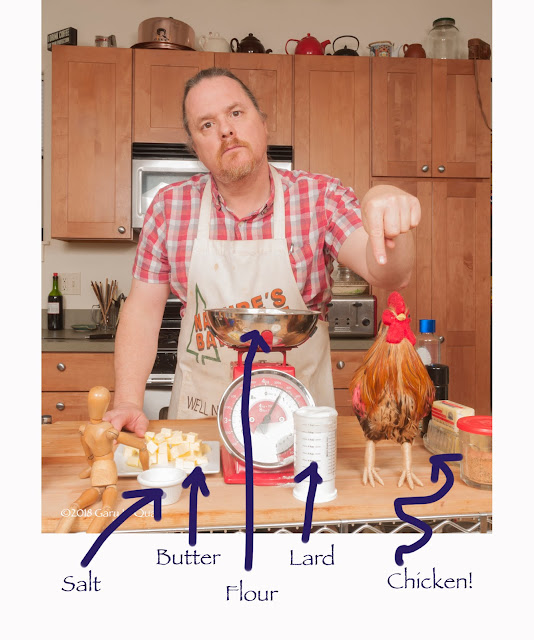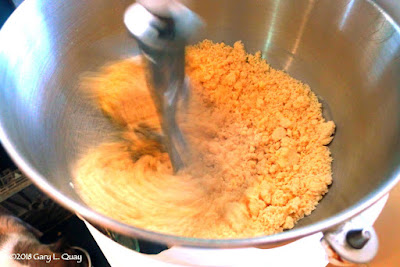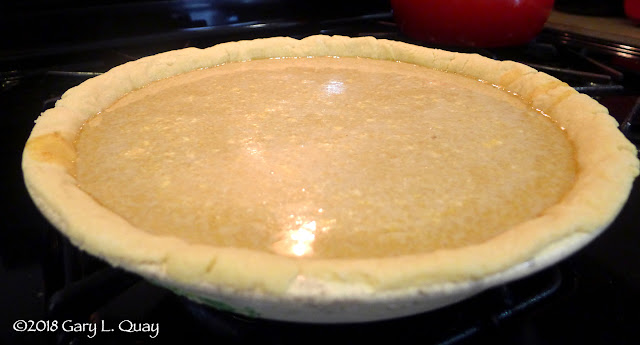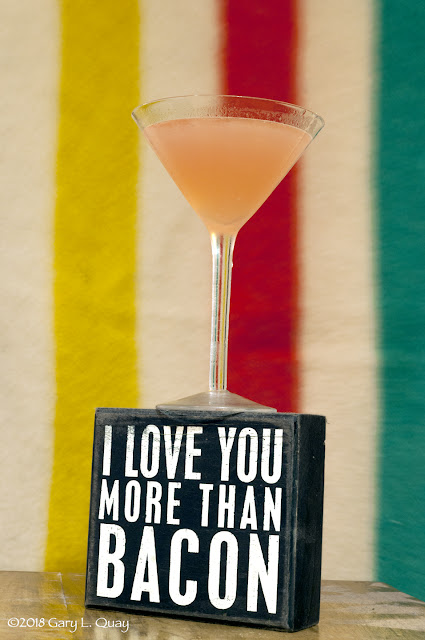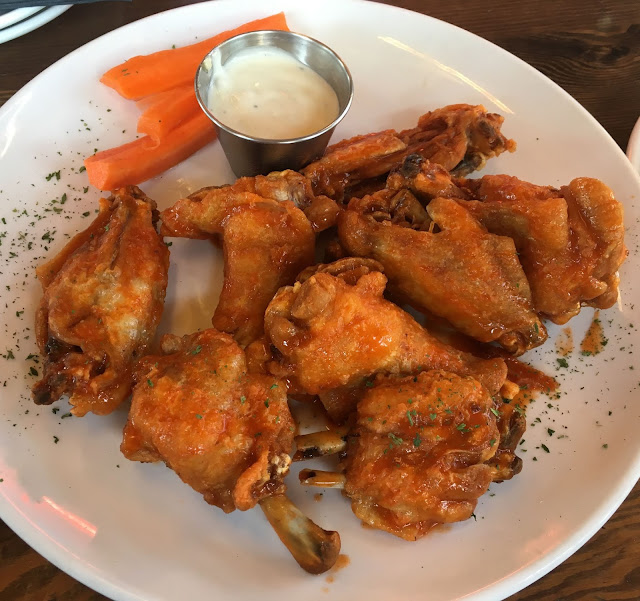The Impatient Chef and the Art of the Martini
James Bond has it wrong. |
| All Great Martinis Have Halos, Really. |
The Impatient Chef loves martinis, that's why he had to quit drinking. But, still, the art of the martini is unchanging, and if done right, is absolutely delicious. I want to begin by saying that if your shaken, vodka martini floats your boat, you have my blessing to keep doing what you love. I merely seek to bend your ear to the joys of gin, vermouth and olives, and, hopefully to broaden your horizons.
Stirring vs. Shaking.
There is a rule about clear drinks versus cloudy drinks with a fruit juice base. Clear equals stirred, cloudy equals shaken. Some mythology exists about why this is necessary. I have heard folks say that one doesn't shake the martini because it "bruises" the gin. Methinks the scientific method was not employed for this hypothesis. There is, however, a taste difference between a shaken martini and the stirred martini. The shaken martini tastes slightly harsher. I did a comparison a couple years ago where I used the same amounts of gin, vermouth and ice by weight. I shook one, and stirred one. There was a definite difference in taste. I have to say that I liked the stirred drink better. Shaking aerates the drink, and adds more water. To me, it tastes slightly harsher. These are the only differences. I weighed both drinks after mixing. And then I drank them both.
Vermouth.
I like a dry martini. A "dry" martini is not named for dry gin, which usually comes in the form of London Dry Gin, but a Portland Dry Gin style has emerged as of late, which is quite tasty. "Dry" or "wet" martinis are based on the amount of vermouth in the drink. Winston Churchill was famous for his love of the martini. Apocryphally, he said once upon a time that he liked a very dry martini, where you fill a glass with gin, show it the bottle of vermouth, and drink the gin.
I prefer a small amount of vermouth in a martini. I just fill a bar spoon high enough to let it drip over the edges just a tad. That's enough.
I use(d) good vermouth. If it costs less than $15.00 per bottle (give of take a couple), it tends to be a why bother. My vermouth of choice was Dolin dry.
Gin.
This is where I plant my feet. If you use vodka, it's not a martini. You may drink it, and you may love it, but it's a different drink. Your martini will only be as good as the gin you buy. Here are some of my favorites:
Tanqueray London Dry
New Deal Gin 33
New Deal Gin # 1
Brokers London Dry
Joe Penney's Gin (McMenamin's)
Aria Gin
Boodles
Tanqueray 10
Big Gin
Small's Gin
Beefeater 24
Gomper's
Big Bottom
I like a hit of juniper, and botanicals that don't overpower everything. If you don't like a gin martini, try a better gin. If you want to drink one at a bar, never let them use the well gin. If you really like vodka, start with New Amsterdam gin, or even Hendricks if you have deep pockets, and branch out from there. New Amsterdam is a "smooth" gin. It's goes light on the juniper, and has a clean taste. It's like gin with training wheels.
Beware of gins called "genever" if you are just starting out. These are a case of old-style gins. The best known of these are Bols, and Aviation. If you are trying a martini for the first time, or switching from vodka, genever gins won't be your friends. They work best in fruity drinks.
Old Tom Gins are another acquired taste. They work well in certain drinks, but not in martinis.
Olives.
A martini is garnished with olives. They will have pimentos.
Dirty Martinis
Ew.
Martinis can be multi-faceted drinks with a variety of flavors based on the gins and vermouths you choose. If you don't like one gin, or the one the bartender used because his boss wants him or her to cheap out, try a few more. It took me a long time to settle on my favorites, and I ran into some duds along the way.
My introduction to the martini happened in Port Townsend, Washington about 8 years ago. I ordered one at a restaurant because I wanted to know what was all the fuss. I wouldn't say I was enamored by it, but I was intrigued. There was a hint of something more in there, and I wanted to discover what that was. It turned out that the gin they used was Gordon's. First bought Bombay Saphire, then Beefeater, and then Boodles. I liked Boodles more than the rest. Then I started trying local gins from Portland. New Deal Distillery stands out as an early favorite. I often made a martini where I mixed both Boodles and New Deal Gin 33 with the vermouth.
Then, I discovered McMenamin's Joe Penney's Gin. It completely revolutionized my view of the martini. It has a massive flavor, and isn't for the faint of heart. It, along with New Deal Gin 33, and Small's, is a style known as Portland Dry. These tend to be juniper forward, and rich with botanicals. After trying Joe Penney's, I began seeking out bigger flavors. I tried Tanqueray, finally ignoring early-on advice to avoid it, and liked it a lot. It too has a big flavor, although not quite as big.
Should you choose to branch out into martinis as they were meant to be, be adventurous. Seek out new gins, and new vermouths. Go boldly. Sip with gusto.
Cheers!
The Impatient Chef.
Discovery
Martinis can be multi-faceted drinks with a variety of flavors based on the gins and vermouths you choose. If you don't like one gin, or the one the bartender used because his boss wants him or her to cheap out, try a few more. It took me a long time to settle on my favorites, and I ran into some duds along the way.
My introduction to the martini happened in Port Townsend, Washington about 8 years ago. I ordered one at a restaurant because I wanted to know what was all the fuss. I wouldn't say I was enamored by it, but I was intrigued. There was a hint of something more in there, and I wanted to discover what that was. It turned out that the gin they used was Gordon's. First bought Bombay Saphire, then Beefeater, and then Boodles. I liked Boodles more than the rest. Then I started trying local gins from Portland. New Deal Distillery stands out as an early favorite. I often made a martini where I mixed both Boodles and New Deal Gin 33 with the vermouth.
Then, I discovered McMenamin's Joe Penney's Gin. It completely revolutionized my view of the martini. It has a massive flavor, and isn't for the faint of heart. It, along with New Deal Gin 33, and Small's, is a style known as Portland Dry. These tend to be juniper forward, and rich with botanicals. After trying Joe Penney's, I began seeking out bigger flavors. I tried Tanqueray, finally ignoring early-on advice to avoid it, and liked it a lot. It too has a big flavor, although not quite as big.
Should you choose to branch out into martinis as they were meant to be, be adventurous. Seek out new gins, and new vermouths. Go boldly. Sip with gusto.
Cheers!
The Impatient Chef.




